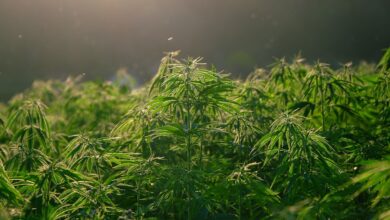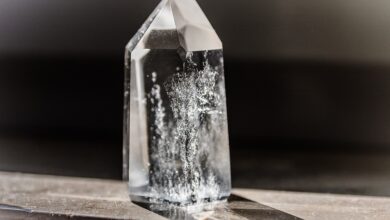The History of Hemp: From Ancient Uses to Modern Innovation

Hemp, also known as industrial hemp, is a versatile plant that has been used by humans for thousands of years. From ancient civilizations to modern times, hemp has been an important resource for food, fiber, and medicine. In recent years, there has been a resurgence of interest in hemp due to its potential as a sustainable and environmentally friendly crop. In this article, we will explore the history of hemp, from its ancient uses to modern innovations.
Ancient Uses of Hemp
Hemp has a long history of human use, dating back to ancient civilizations. The plant is believed to have originated in Central Asia and was cultivated by early civilizations for its fiber, seeds, and medicinal properties. The first recorded use of hemp dates back to 8000 BCE in Taiwan, where it was used to make pottery and other objects. From there, the use of hemp spread to other parts of Asia and Europe.
In ancient China, hemp was cultivated for its fiber, which was used to make clothing, rope, and paper. The Chinese also used hemp seeds as a source of food and oil. The plant was also used in traditional Chinese medicine to treat a variety of ailments, including pain and inflammation.
In ancient Egypt, hemp was used to make fabric and rope. The fiber from the hemp plant was also used to make sails for ships and as a construction material. The ancient Egyptians also used hemp seeds as a source of food and oil.
In ancient India, hemp was used for a variety of purposes, including as a source of food and medicine. The plant was also used in religious ceremonies and rituals.
Hemp in the New World
When European settlers arrived in the Americas, they brought hemp seeds with them and began cultivating the plant for its fiber and seeds. Hemp became an important crop in colonial America, and it was used to make clothing, rope, paper, and other products. In fact, the first drafts of the United States Declaration of Independence were written on paper made from hemp.
In the 19th century, hemp was widely cultivated in the United States and was used in the production of rope, canvas, and other products. However, the plant fell out of favor in the early 20th century with the rise of cotton and synthetic fibers.
Modern Uses and Innovations
In recent years, there has been a renewed interest in hemp due to its potential as a sustainable and environmentally friendly crop. Hemp is now being used to make a wide range of products, including clothing, building materials, biofuels, and even plastic alternatives. The plant is also being explored for its potential in medicine and health and wellness products.
One of the most exciting developments in the hemp industry is the production of cannabidiol (CBD) oil. CBD is a non-psychoactive compound found in the hemp plant, and it has been shown to have a variety of potential health benefits, including reducing pain and inflammation, relieving anxiety and depression, and improving sleep. CBD products are now widely available and are being used by millions of people around the world.
In addition to CBD, hemp is also being used in the production of other health and wellness products, such as hemp seed oil, which is rich in omega-3 and omega-6 fatty acids, and hemp protein powder, which is a complete source of plant-based protein.
The hemp plant is also being used to make sustainable building materials, such as hempcrete, a mixture of hemp fibers, lime, and water. Hempcrete is lightweight, breathable, and has excellent thermal and acoustic properties, making it an ideal material for construction.
Hemp is also being explored as a sustainable alternative to traditional plastic. Hemp plastic is biodegradable and can be used to make a wide range of products, including packaging, utensils, and even car parts.
Frequently Asked Questions
Q: Is it legal to grow hemp?
A: In many parts of the world, including the United States and Europe, it is now legal to grow hemp for industrial purposes. However, it is important to check the local regulations and obtain the necessary permits before starting a hemp farm.
Q: Is hemp the same as marijuana?
A: While hemp and marijuana come from the same plant species, Cannabis sativa, they are different varieties with distinct properties. Hemp contains very low levels of the psychoactive compound THC, while marijuana contains much higher levels.
Q: What are the environmental benefits of hemp?
A: Hemp is a highly sustainable and environmentally friendly crop. It requires minimal water and no pesticides or herbicides to grow. The plant also has a deep root system that can help to prevent soil erosion and improve soil health.
Q: What products can be made from hemp?
A: Hemp can be used to make a wide range of products, including clothing, rope, paper, building materials, biofuels, plastics, and health and wellness products.
In conclusion, the history of hemp is a long and fascinating one, and the plant continues to play an important role in human culture and industry. From ancient uses to modern innovations, hemp has proven to be a versatile and valuable resource. With its potential to provide sustainable and environmentally friendly solutions to a wide range of industries, hemp is likely to continue to be a key player in the future.
[ad_2]



